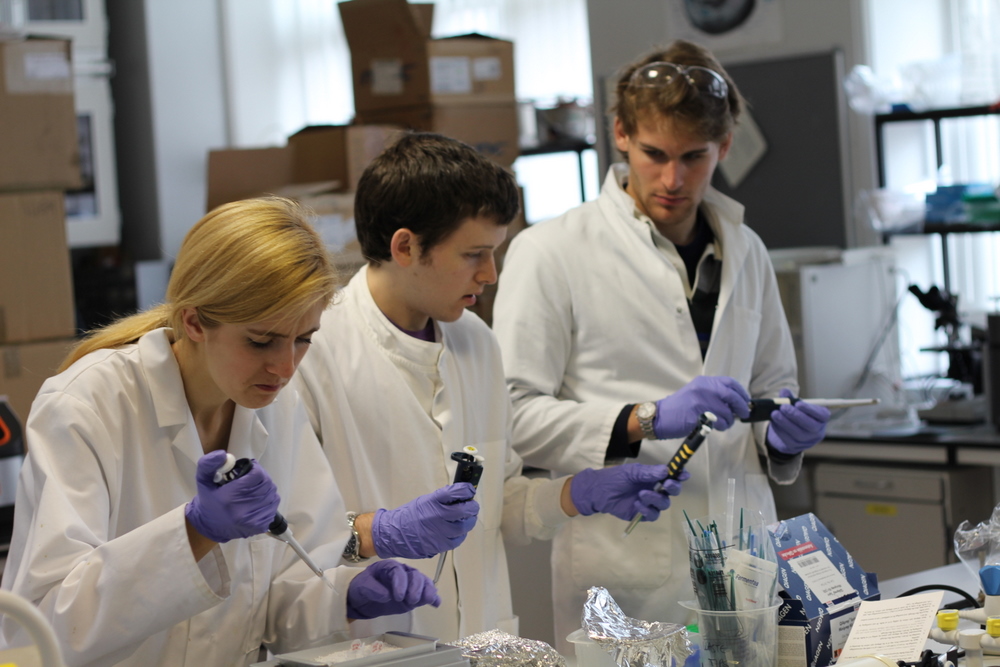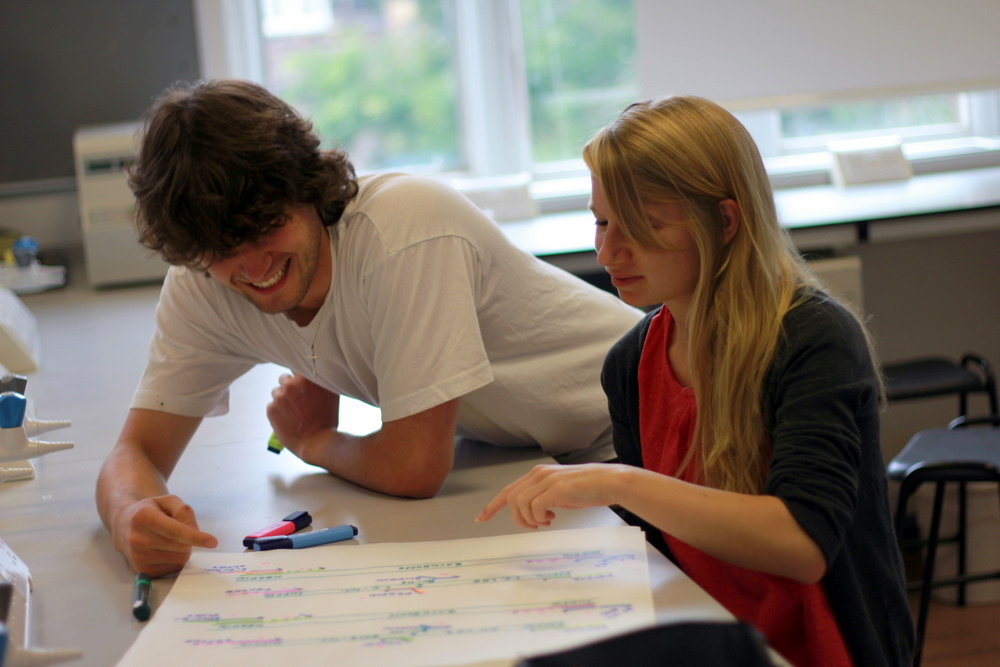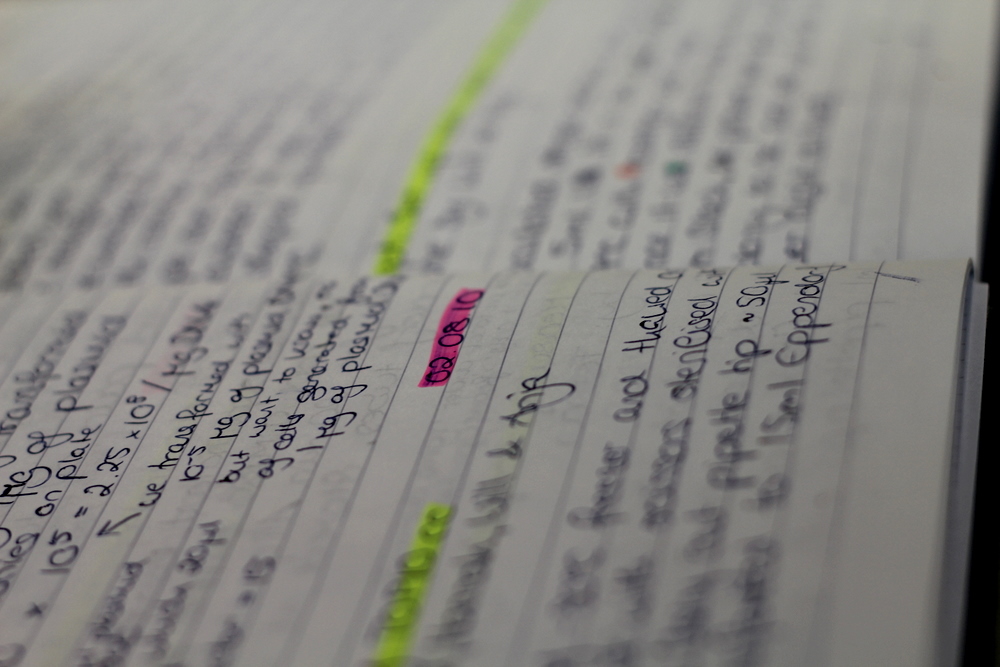Team:Cambridge/Notebook/6
From 2010.igem.org
Contents |
Monday
In the morning we checked the BMG microplate reader which had been run over the weekend and provided interesting growth curves, quantifying the extent to which adding chloramphenicol to the medium slowed growth (this was by c. 50%). Bill miniprepped lux R DNA from the registry. James told us that to use the standard Gibson protocol we needed 40bp of overlap, not the 20bp we planned which required rethinking oligos. Peter prepared a number of cultures to test the effect of lumazine on emissions.
In the evening Hannah, Peter, Anja and Theo combined take-aways and beer with primer design, which went surprisingly well.
Tuesday
In the morning we sent off an order to Biolegio for oligo synthesis, in order to PCR out the Vibrio fischeri lux operon. Will also designed oligos for the site-directed mutagenesis of Luciola cruciata luciferase into different colours, ready from when it arrives from DNA 2.0.
We decided to have a synthetic lux operon synthesised, relieving HNS repression. Theo and Anja transformed TOP10 cells with Enhanced Yellow Fluorescent protein and a TetR repressed promoter from the registry, the latter will be used to control the firely operons. Will and Hannah set up an experiment in the BMG plate reader which was our first test of its ability to detect bioluminescent emissions.
Wednesday
Bill wrote a piece of software in Python to simplify primer design for Gibson Assembly. Theo and Hannah designed a synthetic V. fischeri lux operon with codon usage and GC content optimised. Will prepared DNA for use with the oligos we hope will arrive tomorrow. Paul analysed results from the BMG plate reader.
Thursday
Friday
Saturday
Sunday
 "
"


